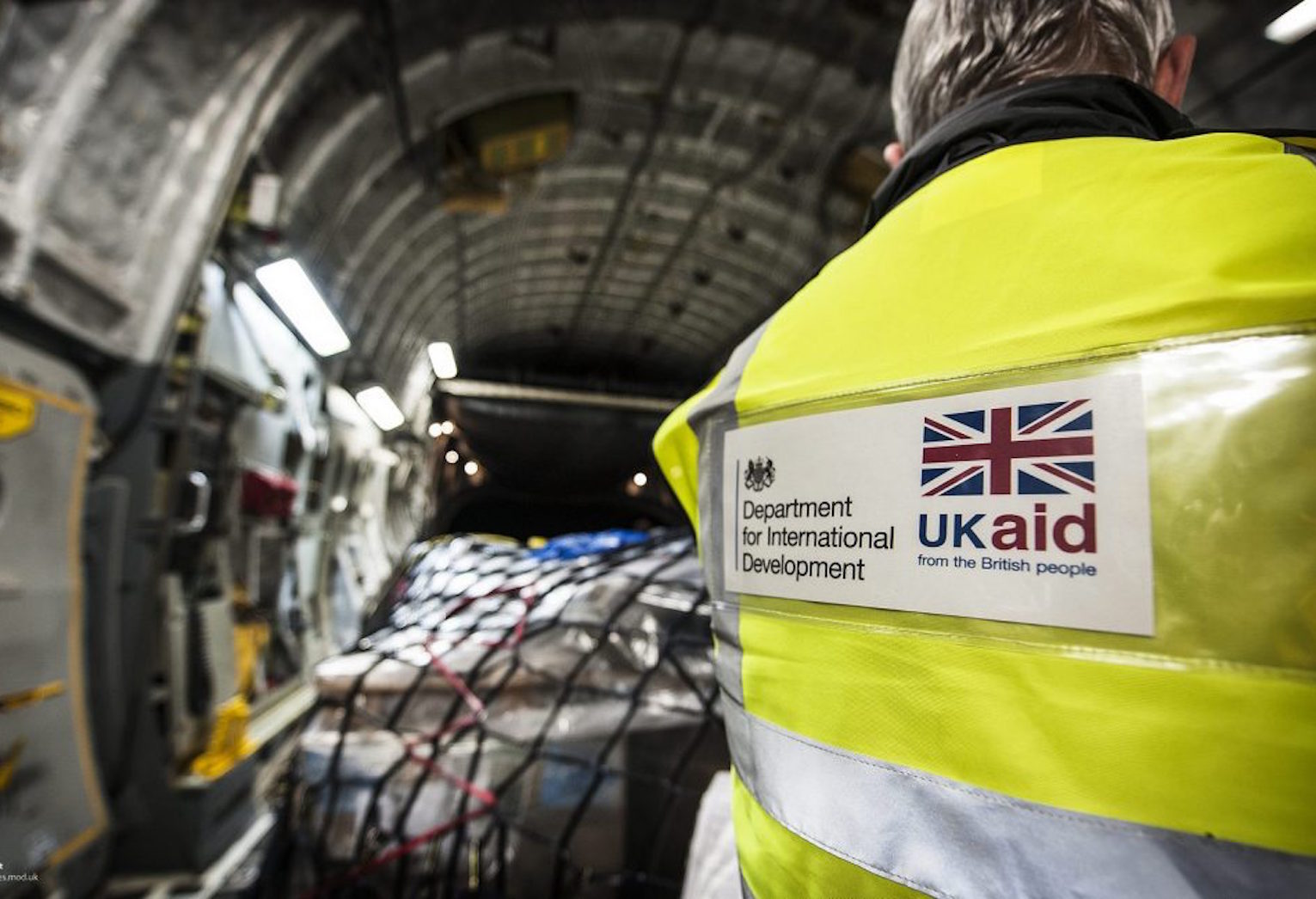Rich countries continue to be the recipients of large amounts of their own aid, according to new statistics released today by the OECD Development Assistance Committee (DAC) - a large group of donor countries. Reported by Eurodad.
According to preliminary data for 2022, total official development assistance (ODA) rose to US$ 204 billion in 2022 - an increase of 13.6 per cent. However, most of the increase is due to hosting refugees in donor countries (US$ 29 billion, equivalent to 14.4 per cent of total ODA), which has rocketed following the Russian war in Ukraine. It is also due to donor countries charging their ODA budgets for excess vaccines that were stockpiled, then ‘donated’ to poor countries (US$ 1.5 billion); and to debt relief on parts of loans that recipient countries are repaying (US$ 116 million). All of this has inflated ODA levels.
Today, 48 CSOs, including Eurodad, have published a statement responding to the data, calling current ODA levels ‘insufficient’ and ‘not ODA’.
Nerea Craviotto, Senior Policy and Advocacy Officer at the European Network on Debt and Development (Eurodad), said: “Today’s figures are nothing to celebrate.The increase in 2022 ODA levels do not meet the challenges the world is facing today and they still stand at just 0.36 per cent of GNI.The 'all-time high ODA levels' reported for 2022 are largely reflective of one single humanitarian crisis that many DAC donors were faced with: hosting Ukrainian refugees. The amounts required to address the polycrises needed to be significantly higher.
“Over the past decade, DAC members have made a series of agreements, mostly under the heading “ODA modernisation” - and mostly behind closed doors - which have undermined the credibility, integrity and solid reputation of OECD DAC statistics. A look into country programmable aid shows that ODA increases in recent years have not translated into greater amounts of resources reaching countries and regions in the global south. In fact, these resources are decreasing.”
OECD DAC data shows that between 2011 and 2021, countries and regions in the global south received an average of just 40 per cent of total ODA, while an average of 10 per cent went to humanitarian aid operations.
Furthermore, following more than fifty years of donors failing in their aid promises to the global south, the “aid debt” (the accumulated amount of ODA not delivered, following donors’ failure to meet their 0.7 aid promise since 1970) has rocketed, reaching US$ 6.5 trillion in 2021, according to Oxfam
Craviotto said: “The role of the OECD DAC and its members in upholding the integrity of ODA has been attracting increasing criticism. A way forward would be to review its governance structures and give countries in the global south a direct say. Such a move is critical to shift the power dynamics behind the donor-recipient relationship and overcome the colonial legacy with which ODA is often associated. Furthermore, improved transparency in the DAC’s decision-making is important to regain some level of trust.”
Last week, the OECD DAC met again to discuss the reporting of Private Sector Instruments (PSIs) such as loans and guarantees to the private sector, as ODA.
Craviotto said: “This erosion of the rules that govern ODA has to end. Without greater ambition in meeting international financial commitments and improving the quality of ODA, the Sustainable Development Goals, set in 2015, simply will not happen.”
Original source: Eurodad
Image credit: Crown Copyright, www.defenceimages.mod.uk

